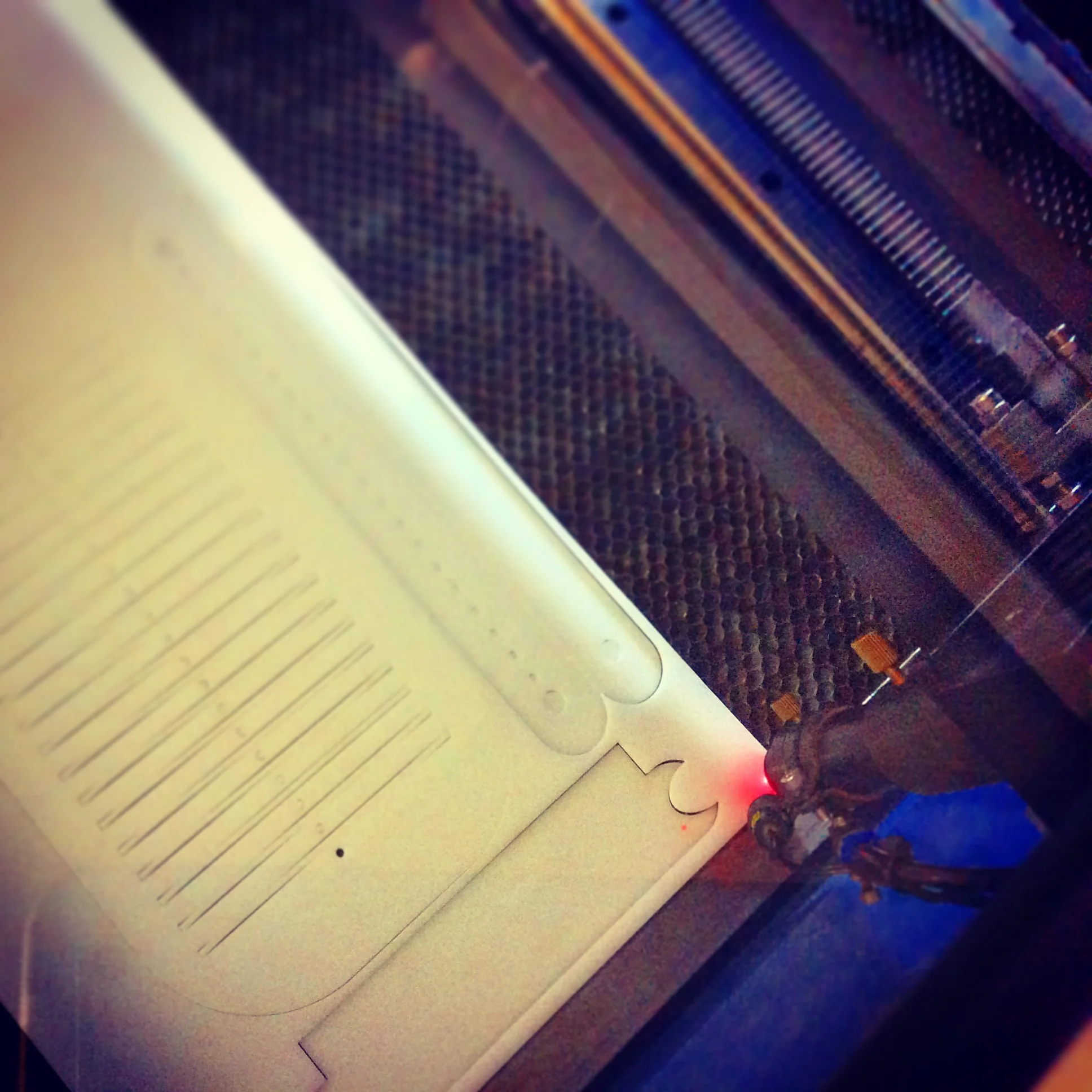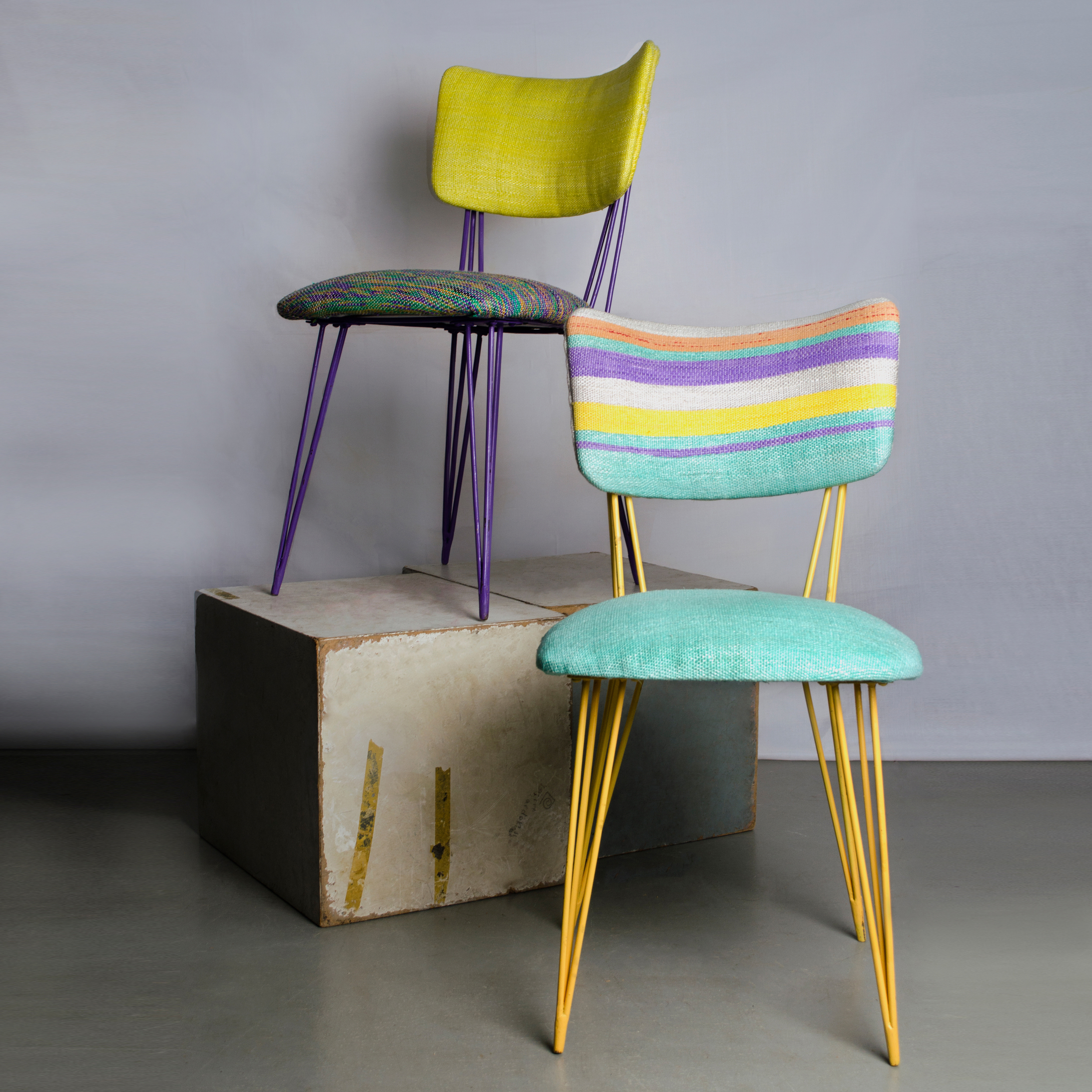In part one of how to find great craftsmen in Egypt and Get the job done, we’ve gone over the basis of your design quest and that was the time-consuming part. Once you set your priorities and get to know the nits and grits of the process you’re after, it will all fall into place. The next two –or maybe three- steps are for designers who are trying to implement new designs or have a bit more complicated designs.
3- Choose A Reference For Your Design
The Grammy chair in Reform’s collection was a bit complicated; its seat had deeply curved parts, the back was concave and upholstered from both the inside and outside, not to mention that we we're using a new material with different properties than usual fabric.
So I chose car upholstery as my reference, specifically motorcycles seats because of their shape and car seat headrests because they were similarly fully upholstered. Car upholstery is very precise and usually -if not always- uses custom sewn leather material; which in common was thick and less stretchy than usual fabrics.
4- Consult A Pro
By now you should know the problematic areas in your design and approaches to tackle them. I like to consult a pro before taking further steps, one that is very familiar with the techniques I am after but preferably shares no common interests with me so that I’d avoid any ulterior motives. In my case I went to a car upholsterer, showed him the chair and asked him how he would upholster it, he gave me two techniques –which were already on my list- and told me their drawbacks and which would be easier in his opinion. And while I am at it, I also asked about the costs.
5- Get your designer hands dirty!
Yup! Go ahead and make a prototype or a mockup yourself. You’ll learn what to ask and what not to ask from your craftsmen by doing it yourself. For example, at first we had a problem with the previous upholsterer ruining the woven material while pulling it too hard. My thinking before actually upholstering a piece was to tell him ‘to be gentle with the material and be aware of its differences’ Thank God I haven’t done that because it would have been very idiotic of me! The pulling and stretching of the material is an indispensable step in upholstery; that’s how they shape the foam underneath.
Think which part of the process can you alter or are you willing to sacrifice part of the design or change the materials used? For example, I’ve tried different designs for the curved part of the seat, noted which one produced a smooth result and changed this part in the seat design.






Another idea I had was for the piping, and in order to do that properly the piping had to be sawn from a narrow piece of fabric which meant we had to produce it because the whole material is woven, so I quickly made a mock up version of a portable rigid heddle loom, and I thought we’d use the waste of the plastic bags and weave these little pieces to make narrow bands for the piping. It would have worked, but it didn’t add to the quality much and was time-consuming and it would have meant we had to hire an extra weaver raising the costs. It didn’t align to the priorities set, so it had to go. Instead, I’ve tweaked the material and made it possible to cut it without it fraying. Problem solved bringing with it lots of other design opportunities.
Find out what worked for you, and finally….
6- Hit the streets – Find your craftsman!
I’ve asked around and got some recommendations, I paid them a visit but I didn’t jump right into showing the samples and asking for another, If you’re working in a small business don’t risk wasting money on trials, instead spend your visits talking to the craftsman, ask him questions and try to know if he really knows what he’s doing or not, I’d check their tools and watch them work.
Clear signs you should leave and head to the next craftsman on your list:
- There is a lot of covering up that can be done during upholstery, you can cover mistakes with pins, or these fascinating rope embellishments that they glue gun to the chairs, so whenever I noticed a ‘mish moshkila’ or ‘no problem’ move I’d just turn around and head to the next upholsterer on my list.
- I’d just ask them simple questions like how will you upholster the concave back, and they start spitting out keywords and not an actual comprehensible sentence. Again turn around and head to the next upholsterer on your list.
- The conversation went well, I’d ask them to do a sample, but he’d hesitate for a second and then agrees. I ask what’s wrong and turns out he’s not actually the upholsterer, he’s the trimmer, the apprentice. Turn around and this time run to the next upholsterer on your list.
Great craftsmen are really easy to spot. The upholsterer I found used the right tools, had a production line set up, refused to meet me at first because he had a deadline and I had to wait for a week and nag like hell so that he’d make me a sample by then. When we met I actually sat down with him for half an hour discussing every detail in the design; the curved corners, the piping, the concave back, the whole assembly, I told him my three solutions and together we decided which one we’d go for.
Look for craftsmen that appreciate your work and are proud of theirs, they consider their work an art and are happy to work with ones that value their art.
Have you given these steps a try? Do you follow different steps? Share your feedback down below and let me know what other craftsmen problems have you been facing.
Good luck on your quest!
